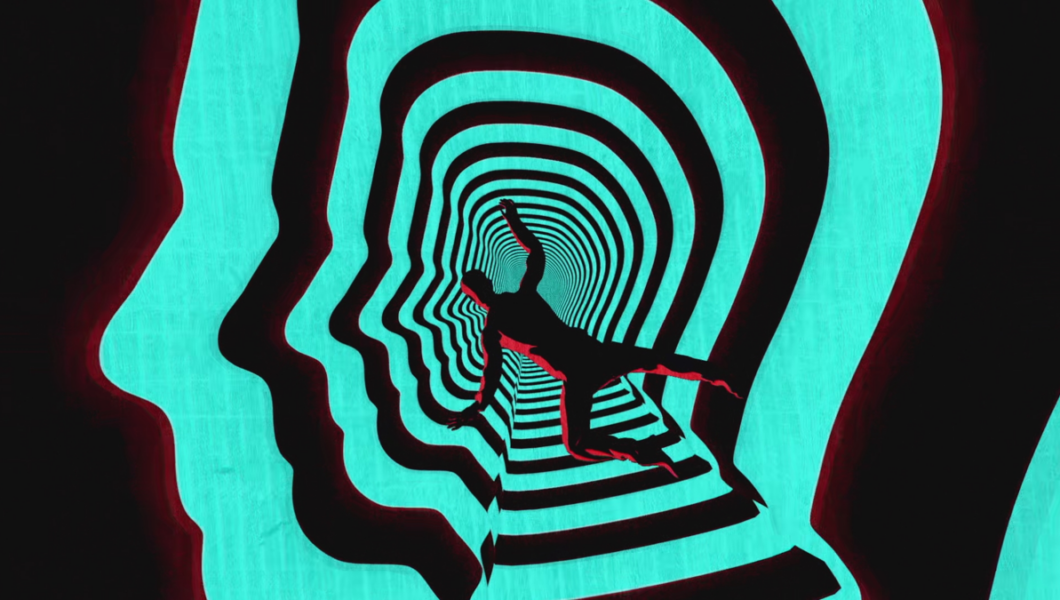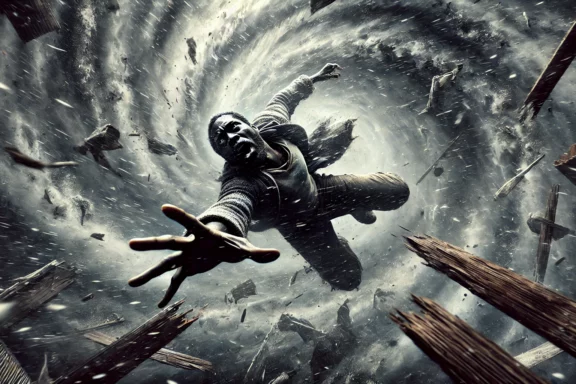In a recent conversation with Oana, we explored themes around the impact of self-awareness on relationship building and maintenance. We started with the relationship with oneself and the challenges involved in balancing it with the external environment. We recognised an important truth: life requires continuous adjustment of oneself to maintain balance within the situation. This process of balancing requires self-collaboration and extends to how we engage with others around us. It calls for us to embody a philosophical journey.
The journey starts with a deep dive into our interiorities, exploring how our inner selves respond to the external environment. Sometimes we get caught up in the social moral codes and norms dictated by society that we have to live by and forget to process the emotional signals from within. These signals, however, are not mere noise; they contain crucial data that, when processed, guide us towards rebalancing our lives. They offer cues that we have to process into actionable information. Processing these signals can reveal to us what to pursue and what not to pursue.
The more we practice processing that internal data, the better we get at making the right adjustments. Over time, this becomes a process we use repeatedly – our “way”. This “way” enables us to break the habits that stagnate us and incorporate the habits that make us thrive. We become comfortable to own our appetites and desires and then we start to choose them and take ownership of them. This ownership gives us intentionality because we develop respect for who we are, the way we are and where we are.
Knowing ourselves allows us to track how we can improve our experiences for each scenario. The desire to improve becomes relevant to us and we start to become sensitive to how to be better prepared for the next time we find ourselves in a similar scenario. Our level of preparation influences how we show up. As Seneca said, luck is what happens when preparation meets opportunity—a concept that highlights the importance of being well prepared, thereby minimizing mistakes and maximizing success in any given scenario.
Now, this doesn’t mean that we stop making mistakes; we still make them, but we are more aware of why we are making those mistakes. We understand our current limitations that make the mistakes obvious and we also know what we have to overcome if we are to have more success the next time we find ourselves in a similar scenario. Without developing this capacity for tracking the small changes and their side effects, we risk getting stuck in the “loop of indifference”.
The “loop of indifference” is where we are when we ask the question, “How did I end up here?” It’s a place of confusion and fear where an overwhelming amount of emotional signals are all going off at once like the cacophony of honks and beeps during rush hour in a bustling city. This emotional frenzy puts us into a state of heightened anxiety and forces us to respond faster than we can process the signals and information around us, leaving us vulnerable to making expensive mistakes. It’s these scenarios where we need to have a plan that was prepared earlier.
Planning is an exercise of “imaginal anticipation”. It requires serious contemplation of what might happen. When we plan, we have to simulate the possible scenario as opposed to making a wish list of what we would like to happen. A good plan accounts for our current capabilities and acknowledges our inadequacies. This acceptance is important because we cannot change what we haven’t accepted. By acknowledging and accepting these limits, we then put ourselves in a position where we can make a good plan that will work when the time comes.
Such a plan would help us overcome the chaotic situation of the loop of indifference and give us a way out of that fragmented reality. Once we have a way of short-circuiting the fragmented reality, we can then have a more stable way of being. But all this work doesn’t mean that we shall only run into people who are doing the same. Unfortunately, this is an individual journey and everyone will be at a different part of it. So the challenge now becomes bringing our interior solutions to the exterior. We now have to learn how to use communication as a tool and learn how to use it intentionally. This means that we have to account for where people are on the journey, their level of understanding, and their reality-tracking strategy if we are to avoid indifferent, ambiguous conflict.
This kind of conflict emerges from implicit interpretations that are influenced by one’s own interpretation. Being aware of this about others allows us to hold an audience for them and hold a True Mirror of the current shared reality. The effort we invest in doing this allows us to see the humanity in others. We start to see their limitations and potential limitations. What they know and how they perceive starts to become clear to us at this point and we can then balance the amount of truth to reveal to them with the grace that they deserve.
In so doing, we hold a space for both their reality and our reality to the degree that those realities can co-exist. In this moment, we come to appreciate the “here-now-ness” and the “such-ness” of that situation. Once we are aligned to this level with reality, only then can we imagine a new reality where there is a minimal chance for indifferent, ambiguous conflict that locks us into a loop of indifference, a place we do not want to be trapped. This requires collaborative relationship building, taking other people seriously, and accepting that they are not perfect. While this journey is deeply personal, its side effects stretch out far beyond the individual and have the potential to lead us to a communal triumph over the loop of indifference.






